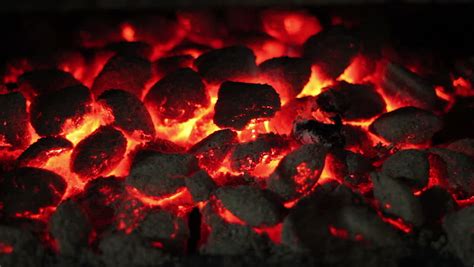
How can burning coal produce three times it’s own weight in CO2 ? The answer comes from basic chemistry
The short answer is that part of the mass in the resulting CO2 comes from the oxygen — from the O2 — and those atoms are adding to the weight.
Carbon dioxide is made of one carbon atom and two oxygen atoms. The carbon comes from the coal, but the oxygen comes from the air around it; during combustion, they react to create CO2. The oxygen’s extra mass is what allows one ton of fuel to produce more than a ton of CO2.
To calculate the CO 2 emission from a fuel, the carbon content of the fuel must be multiplied with the ratio of molecular weight of CO 2 (i.e.44) to the molecular weight of Carbon (i.e.12) – that is 44 / 12 = 3.66
Exactly how much CO2 a fuel emits depends on its molecular structure. For illustration, if you could burn a perfect lump of coal made of 100 percent carbon then each of its carbon atoms has an atomic weight of approximately 12, owing to its six protons and six neutrons. When the carbon combines with two oxygen atoms, each with an atomic weight of 16, a CO2 molecule with a weight of 44 is created. The arithmetics tells you that for every ton of pure carbon burned, about 3.66 tons of CO2 is created.
In practice of course, coal is not 100% carbon. The figure 3.66 is just the theoretical maximum ratio. Coke, one of the closest versions of coal to pure carbon used on a large scale, creates around 3.2 tons of CO2 per ton of fuel.